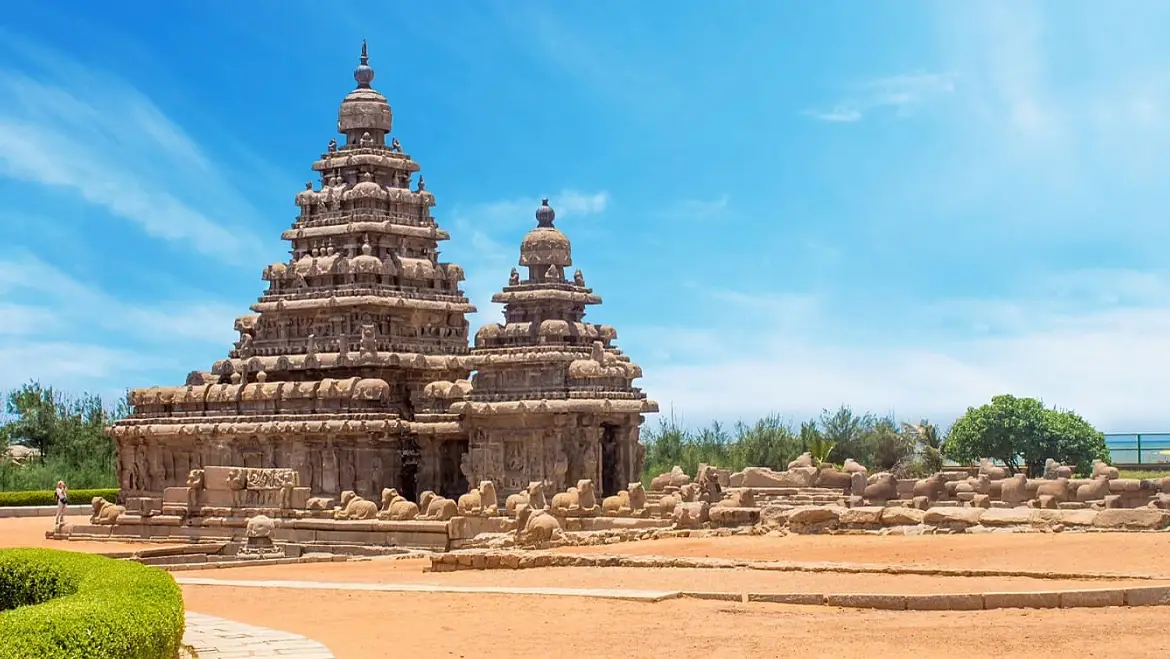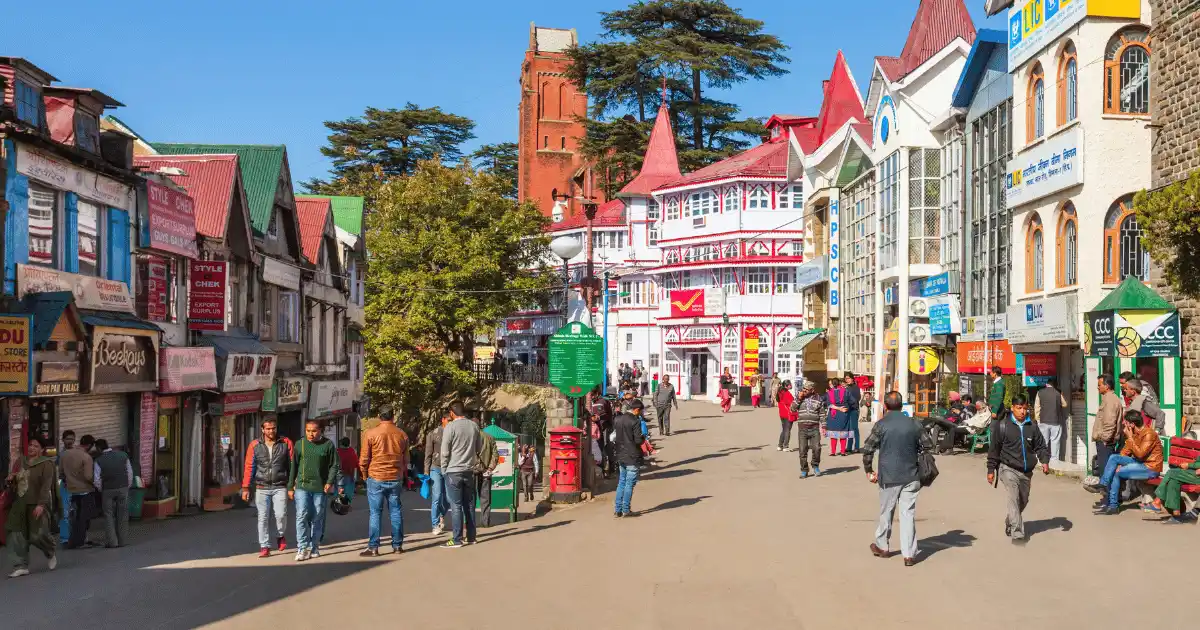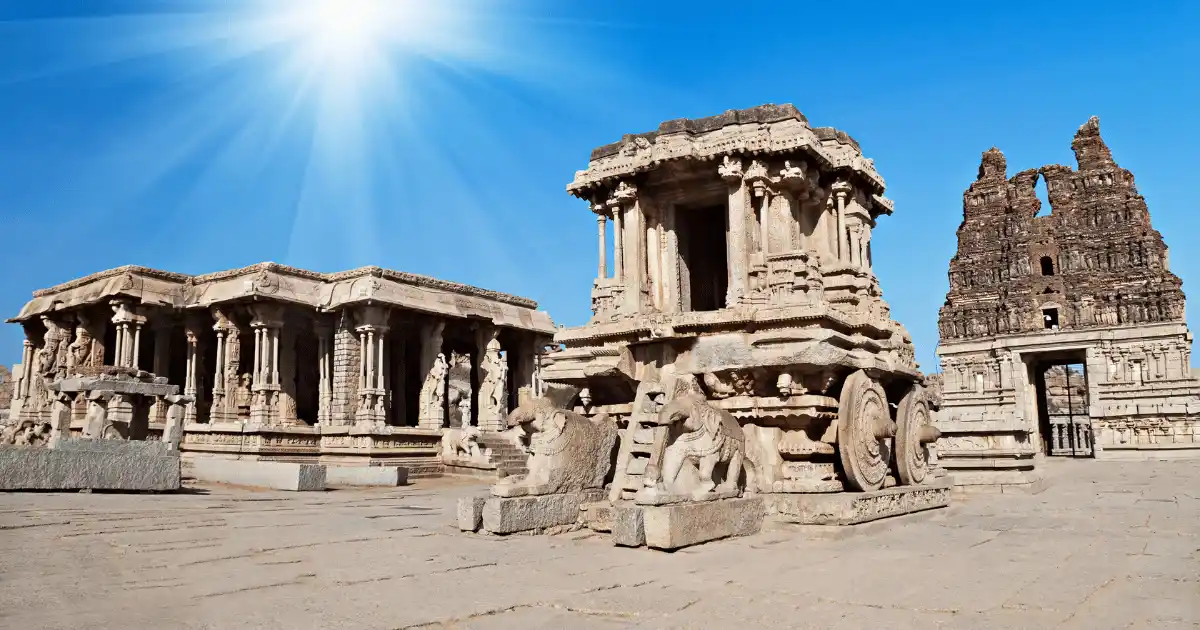South India, a land of rich cultural heritage, diverse landscapes, and a kaleidoscope of traditions, offers a unique travel experience. The region includes the states of Tamil Nadu, Kerala, Karnataka, Andhra Pradesh, and Telangana, along with the union territories of Lakshadweep and Puducherry. From its pristine beaches to historical temples, bustling cities, and serene backwaters, South India is a traveler’s delight. Here’s a quick and handy guide to exploring this vibrant part of India.
1. Best Time to Visit
South India’s tropical climate means that summers can be hot and humid, especially from March to May. The ideal time to visit is during the winter months, from November to February. However, if you’re interested in witnessing the monsoon magic, Kerala’s backwaters and hill stations in June and July are mesmerizing.
2. Top Destinations
Each state in South India boasts its own distinctive charm. Here’s a breakdown of must-visit destinations:
Tamil Nadu
- Chennai: The capital city, known for its beaches, colonial architecture, and vibrant arts scene. Marina Beach is the second-longest urban beach in the world.
- Mahabalipuram: Famous for its ancient rock-cut temples and monuments, a UNESCO World Heritage site. The Shore Temple and the Five Rathas are highlights.
- Madurai: Known for the majestic Meenakshi Amman Temple, Madurai is a bustling cultural hub. The temple is an architectural marvel with intricate carvings and towers.
- Kodaikanal and Ooty: These hill stations offer respite from the heat and are famous for their lush green landscapes, pleasant climate, and charming views.
Kerala
- Kochi: A cosmopolitan city blending modernity with traditional charm. Explore the Fort Kochi area for its colonial-era architecture, Chinese fishing nets, and vibrant art scene.
- Alleppey: Known for its backwaters, Alleppey offers serene houseboat cruises through the network of canals, lakes, and lagoons.
- Munnar: Nestled in the Western Ghats, Munnar is famous for its tea plantations, cool climate, and trekking routes.
- Thekkady: Home to Periyar National Park, Thekkady is the perfect spot for wildlife lovers. A boat ride on Periyar Lake offers a chance to spot elephants, deer, and birds.
Karnataka
- Bengaluru: The Silicon Valley of India, Bengaluru is a mix of modern tech parks and lush green spaces like Cubbon Park and Lalbagh. It’s a lively city for culture, nightlife, and food.
- Mysore: Known for its palaces, especially the grand Mysore Palace, the city also offers traditional silk and sandalwood products. Don’t miss the Dasara festival held here annually.
- Hampi: A UNESCO World Heritage site, Hampi is a surreal town filled with ancient temple ruins from the Vijayanagara Empire. The landscape is dotted with huge boulders, making it a unique destination.
- Coorg: A serene hill station known for coffee plantations, misty mountains, and waterfalls. Coorg is a great spot for trekking, bird watching, and nature lovers.
Andhra Pradesh & Telangana
- Hyderabad: The capital of Telangana, Hyderabad is famous for its history, cuisine (especially biryani), and landmarks like Charminar and the Golconda Fort.
- Vijayawada: Known for the Kanaka Durga Temple, this bustling city in Andhra Pradesh is a spiritual destination for many pilgrims.
- Tirupati: Home to one of the most visited temples in the world, the Tirumala Venkateswara Temple, Tirupati is a must for spiritual travelers.
3. Cultural Experiences
South India’s cultural richness is reflected in its temples, festivals, classical dance forms, music, and art. To truly experience its culture, make sure to:
- Visit the Temples: South Indian temples are architectural masterpieces. From the Brihadeeswarar Temple in Tamil Nadu to the Padmanabhaswamy Temple in Kerala, each temple is not only a spiritual center but also a showcase of artistic brilliance.
- Watch a Classical Dance Performance: Bharatanatyam from Tamil Nadu, Kathakali and Mohiniyattam from Kerala, and Kuchipudi from Andhra Pradesh are some of the classical dance forms native to South India. These performances are a mesmerizing mix of storytelling, music, and intricate movements.
- Participate in Festivals: South India celebrates several vibrant festivals throughout the year. Pongal in Tamil Nadu, Onam in Kerala, Ugadi in Andhra Pradesh, and Dussehra in Karnataka are a few that offer a glimpse into the region’s rich traditions and communal spirit.
- Savor the Local Cuisine: Each state has its unique flavors. From the spicy Chettinad dishes of Tamil Nadu to the coconut-infused curries of Kerala, and from the tangy pulihora of Andhra Pradesh to the iconic Hyderabadi biryani, the variety is endless. Don’t forget to try filter coffee, dosas, idlis, and seafood delicacies along the coast.
4. Adventure and Nature
South India is not just about temples and culture; it’s also a haven for nature lovers and adventure seekers.
- Backwater Cruises: Kerala’s backwaters are famous for their tranquility. A houseboat cruise in Alleppey or Kumarakom is a serene experience, offering a glimpse of village life along the waterways.
- Wildlife Sanctuaries: South India has several wildlife reserves. Apart from Periyar in Kerala, Bandipur National Park in Karnataka and the Nilgiri Biosphere Reserve offer opportunities to see tigers, elephants, and a variety of bird species.
- Trekking and Waterfalls: The Western Ghats are ideal for trekking enthusiasts. Popular treks include the Kudremukh trek in Karnataka and the Chembra Peak trek in Kerala. Don’t miss the beautiful waterfalls like Athirappilly in Kerala and Jog Falls in Karnataka.
5. How to Get Around
- By Air: South India has several international and domestic airports, making air travel convenient. Major airports include Chennai, Bengaluru, Kochi, Hyderabad, and Thiruvananthapuram.
- By Train: The Indian Railways network connects all major cities and towns in South India. It’s a cost-effective and scenic way to travel, especially when crossing through the Western Ghats.
- By Road: Buses and taxis are widely available, with many state governments operating comfortable and economical buses between cities. Private taxis and car rentals are also popular options.
6. Safety and Travel Tips
- Language: While each state has its own language—Tamil, Telugu, Kannada, and Malayalam—most people, especially in cities, understand and speak English and Hindi to varying extents.
- Dress Modestly: When visiting temples or religious places, it’s advisable to dress conservatively. Some temples have specific dress codes, such as wearing traditional attire or covering your head.
- Health Precautions: Carry basic medicines for motion sickness or upset stomachs, as road travel can sometimes be long and bumpy. Drink bottled water to avoid waterborne illnesses.
- Cultural Etiquette: Respect local customs, especially in rural areas. Always remove your shoes before entering temples, and be mindful of the dos and don’ts while taking photographs at sacred sites.
7. Conclusion
South India offers an endless array of experiences, from the spiritually profound to the aesthetically beautiful and adventurous. Whether you’re a history buff, a nature lover, or a foodie, there’s something for everyone. With its warm hospitality, diverse landscapes, and deep-rooted traditions, South India promises an unforgettable journey that lingers in your memory long after your trip has ended.



